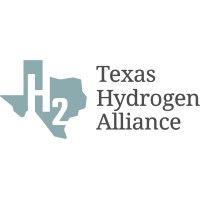Accelerating the energy transition by maturing low-carbon hydrogen technology & infrastructure with digital engineering and simulation
The energy transition depends on three critical pillars. First, better efficiency is needed, as the world wastes over 65% of the energy produced, converted, and consumed. Second, we need reliable and secure energy to meet the growing global demand. Third, we must rapidly mature new low-carbon energy solutions at scale, such as offshore wind, hydrogen, small modular reactors (SMRs), and fusion. Simulation and the broader digital engineering ecosystem will increase the pace of development and reduce the risk of scaling, not only in design but ultimately in deployment and operation. The hydrogen value chain- production, transport, and utilization is currently challenged by required broad infrastructure investments, materials selection, and the scaling of emerging technologies such as electrolysis. However, the strategies of hydrogen hubs and more closely integrated and optimized energy systems may provide opportunities to make many of these challenges and the associated solution costs more manageable. In this discussion, we will look at some of the trends in digital engineering and simulation in this space, how they are changing the pace of development and reducing the cost of scaling against these challenges and opportunities.




)
)
)
)
)
)
)
)


)
)
)
)
)
)
)
)
)
)
)

)
)
)
)
)
)
)
)
)

)
)
)
)
)
)
)

)
)
)
)
)

)
)

)
)
)
)
)
)
)
)

)
)
)
)
)
)
)

)
)

)
)
)
)
)
)
)
)


)
)
